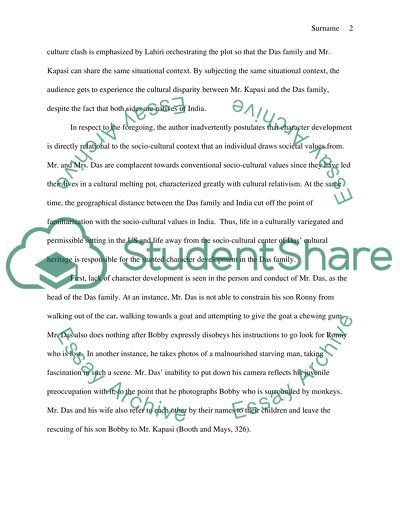Cite this document
(“Interpreter of Maladies Research Paper Example | Topics and Well Written Essays - 1250 words”, n.d.)
Retrieved from https://studentshare.org/literature/1458669-interpreter-of-maladies
Retrieved from https://studentshare.org/literature/1458669-interpreter-of-maladies
(Interpreter of Maladies Research Paper Example | Topics and Well Written Essays - 1250 Words)
https://studentshare.org/literature/1458669-interpreter-of-maladies.
https://studentshare.org/literature/1458669-interpreter-of-maladies.
“Interpreter of Maladies Research Paper Example | Topics and Well Written Essays - 1250 Words”, n.d. https://studentshare.org/literature/1458669-interpreter-of-maladies.


